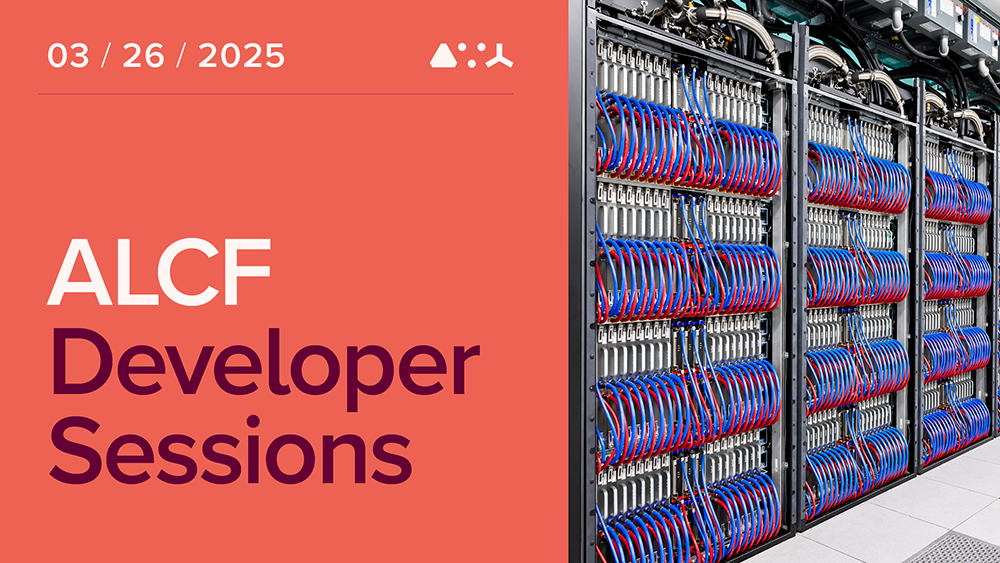Join us for a webinar on March 26, 2025, that will provide an overview of Aurora hardware and available programming models.
Through the Aurora Early Science Program, Exascale Computing Project, and other efforts for INCITE and ALCC projects, the first set of projects are starting up on Aurora. A wide variety of applications are ready to run on Aurora’s PVC GPU-accelerated architecture. In addition to representing many different scientific domains, the project workflows also include many numerical methods, many AI models for training and inference loads, and a variety of programming approaches for the PVC GPUs. This webinar will provide examples of how the first project teams have programmed for Aurora, and portability choices they have made.
Dr. Timothy Williams is the Deputy Director of Argonne’s Computational Science Division. During 2016-2018, Tim served as Deputy Director of Science for the Argonne Leadership Computing Facility (ALCF), for which he still manages the Early Science Program. Since 2009, he has worked with a number of large-scale projects using ALCF’s supercomputers, especially those in the area of plasma physics.
From 2000-2006, Tim worked as a quantitative software developer in the financial industry, writing pricing and risk software for Morgan Stanley in New York and Citadel in Chicago. From 1995-2000, he was a staff scientist at LANL’s Scientific Computing Group and Advanced Computing Laboratory, working on a C++ framework for parallel scientific computing. Starting as a postdoc in the Magnetic Fusion Energy group and Massively Parallel Computing Initiative at LLNL, and later on the NERSC staff; Tim spent 1989-1995 doing research in tokamak plasma turbulence and other areas, and developing a long-term interest in large-scale parallel computing.

